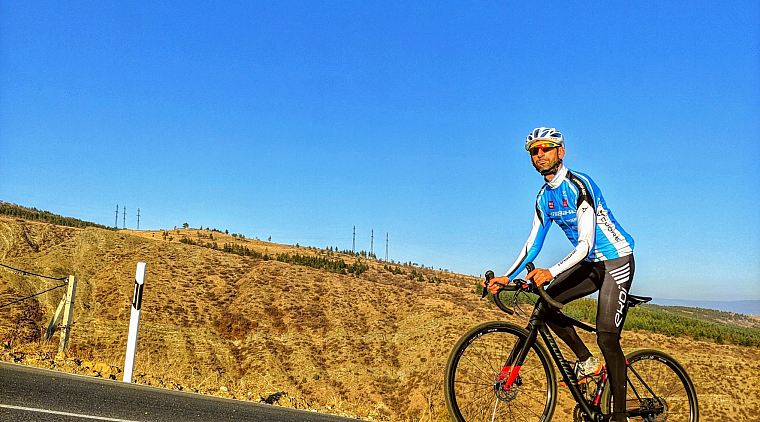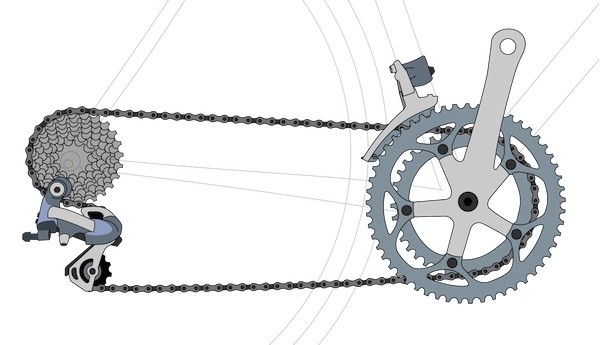Filter
Uphill cycling: Tips for Success

How to Make Climbing Uphills Easier?
Let's discuss three aspects:
- Our body
- The bike
- The pace
For long climbs at a fast pace, we don’t need a strong, muscular body built with anaerobic muscle fibers. High intensity can only be maintained for a short period through sheer strength. For prolonged exertion, physical endurance is key, supported by aerobic muscle fibers and a well-developed cardiovascular system capable of utilizing large amounts of oxygen with the help of lungs' vital capacity, and a fast heartbeat pumping large volumes of blood. Endurance can be developed by frequent, long, low-intensity efforts. This can be achieved by conserving energy at the beginning of the climb and gradually increasing the pace to avoid exhaustion before the finish.

How to Save Energy?
The method is simple. Select a gear combination that allows you to freely maintain a pedaling cadence of approximately 80–90 revolutions per minute. The gradient of the climb doesn’t matter if you choose the right gears. If you cannot achieve such a cadence, consider installing a larger cassette.
Keep your hands and shoulders as relaxed as possible, allowing the center of gravity to shift to the pedals, increasing inertia. Leaning heavily on the handlebars hinders smooth climbing. Using clipless shoes and distributing force evenly throughout the pedal stroke can also be beneficial.
The heavier your body and bike, the more effort is required to maintain endurance on long climbs. A clean drivetrain and properly inflated tires are excellent aids. Also important is selecting tires with low rolling resistance. You can find charts on the website: bicyclerollingresistance.com. Periodically, it’s helpful to stand up from the saddle briefly to distribute the load across different muscles and avoid saddle numbness.
Common Mistakes
-
Overestimating Pace at the Start: Sometimes, it's hard to control our pace, and we try to go faster at the beginning because we feel more energetic. This leads to early fatigue and a drop in pace toward the end of the climb. Use your mind and a cycling computer to monitor key metrics: heart rate, cadence, gear combinations, and power output.
-
Improper Saddle Height: Sitting on a saddle set too high can cause hip swaying, reducing pedaling efficiency. Ideally, only your legs should move while maintaining a steady motion.
-
Tension in Upper Body: Beginners often grip the handlebars tightly, straighten their elbows, and raise their shoulders. Always monitor and ensure your arms and wrists are as relaxed as possible.
-
Eating Right Before Climbing: If not enough time has passed since eating, your internal organs will drain energy. Remember to hydrate consistently during climbs to maintain energy.
Mindset Matters
Approaching the climb with a negative mindset will inevitably affect your performance. Optimism boosts the body and muscles. Avoid dwelling on how difficult the climb is or how long it will take to reach the top. Psychological self-control makes any climb manageable at your desired pace.
Good luck!
Write to us
